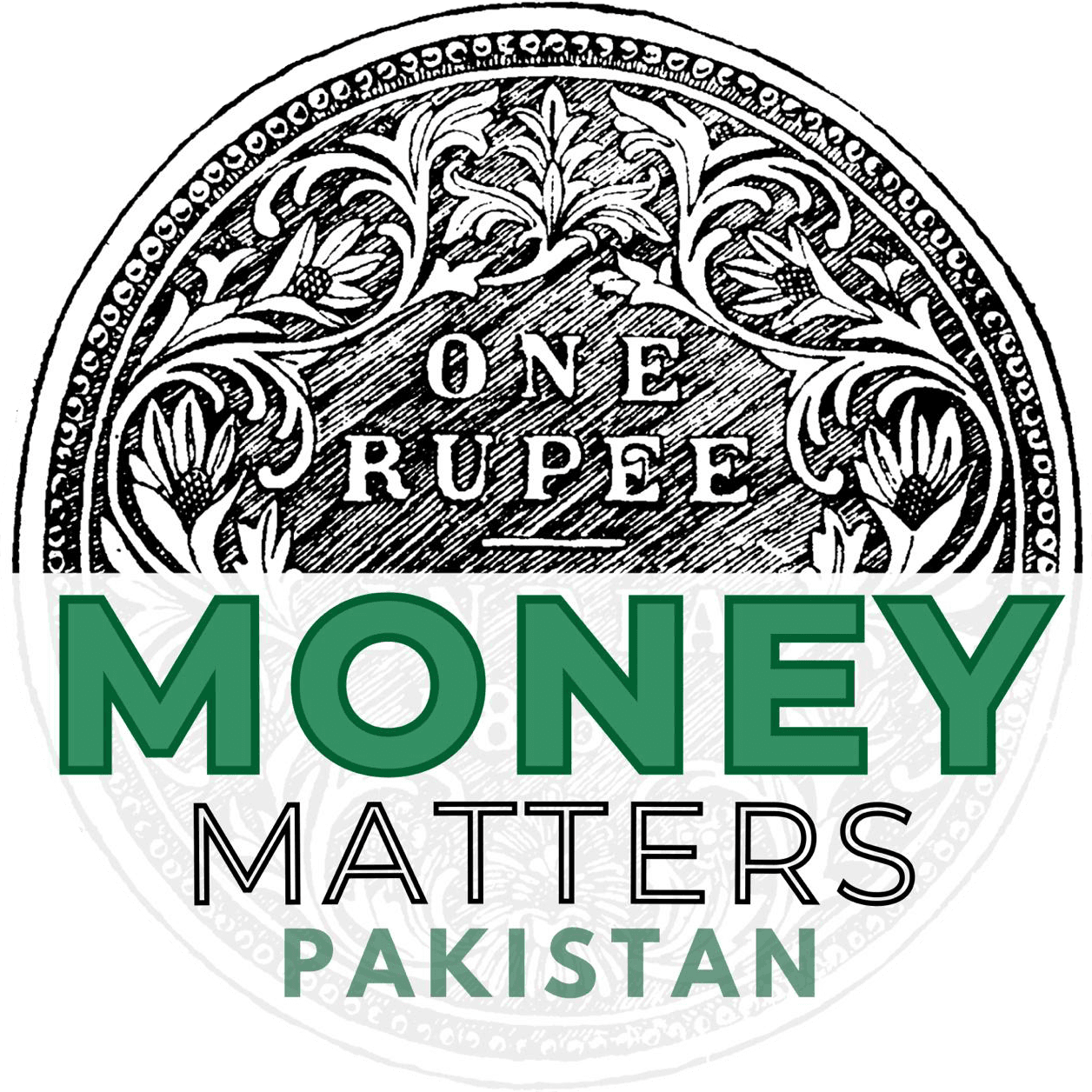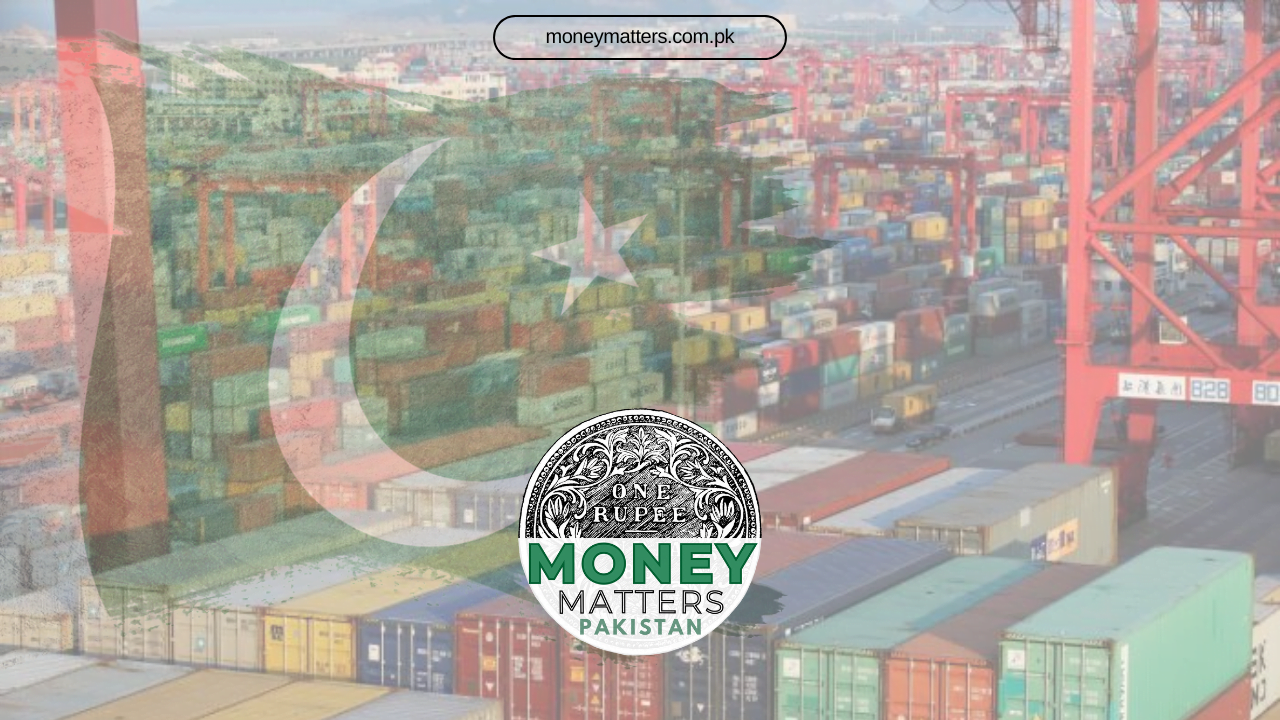Key Takeaways:
• Pakistan’s exports lag behind neighboring countries, accounting for only 10% of the economy
• Protectionist policies are hindering economic growth and raising consumer prices
• Reforms in trade policies, customs procedures, and support for small businesses are crucial
Dr. Muhammad Zeshan, a research fellow at the Pakistan Institute of Development Economics (PIDE), has shared his insights on Pakistan’s trade challenges and potential solutions in an article. Dr. Zeshan’s analysis paints a picture of a nation with untapped potential, held back by outdated trade policies.
Dr. Zeshan begins by highlighting Pakistan’s underwhelming trade performance. He points out, “Our exports are a measly 10 per cent of our economy, while neighbours like Vietnam and Bangladesh are double that.” This stark comparison sets the stage for his critique of the country’s trade policies.
The article also draws a connection between protectionist policies and Pakistan’s recurring need for foreign loans. Dr. Zeshan explains, “We’re not exporting enough to pay for all the stuff we buy. We need to sell more than just clothes and rice.”
At the heart of Pakistan’s trade woes, according to Dr. Zeshan, is an overreliance on protectionism. He argues that “High taxes on imports, complicated customs, and other roadblocks are strangling our economy.” This approach, he explains, not only hinders business growth but also impacts everyday consumers through higher prices on a wide range of goods.
To illustrate his point, Dr. Zeshan uses the example of Pakistan’s car industry. He describes it as being “in a bubble for ages,” resulting in “Lousy cars at sky-high prices.” He suggests that opening up to competition could force car makers to improve their products and lower prices, benefiting consumers.
Dr. Zeshan challenges the common argument for protecting nascent industries. He states, “Sure, some people say we need to protect our new industries. But often, it’s just a cover for old companies to avoid competition.” Instead, he proposes alternative ways to support new businesses, such as providing funding for research or worker training.
On taxes, Dr. Zeshan proposes a gradual approach, suggesting “cutting them a little each year.” For customs procedures, he advocates for digitization and transparency to combat corruption and inefficiency.
The article also draws a connection between protectionist policies and Pakistan’s recurring need for foreign loans. Dr. Zeshan explains, “We’re not exporting enough to pay for all the stuff we buy. We need to sell more than just clothes and rice.”
To address these challenges, Dr. Zeshan proposes a multi-faceted approach. He suggests, “Let’s cut taxes on imports; make customs easy to deal with; and build better roads and ports.” He also advocates for more trade agreements and support for small businesses to enter global markets.
Dr. Zeshan acknowledges that implementing these changes won’t be easy, noting, “Some people will fight us every step of the way.” However, he emphasizes the potential rewards: “More jobs, better products, and a stronger economy.”
The article goes on to provide more detailed solutions. On taxes, Dr. Zeshan proposes a gradual approach, suggesting “cutting them a little each year.” For customs procedures, he advocates for digitization and transparency to combat corruption and inefficiency.
Dr. Zeshan also stresses the importance of aggressive trade negotiations, both globally and regionally. He suggests, “We should be working closely with countries like India, China, and Iran to create a regional trade bloc.”
Supporting small businesses is another key recommendation. Dr. Zeshan argues for better access to finance, training, and support for these “engines of our economy.”
Finally, Dr. Zeshan highlights the importance of embracing the digital age. He notes, “Online shopping is booming. We need to make it easy for Pakistani businesses to sell their products online.”
In conclusion, Dr. Zeshan’s analysis presents a compelling case for reforming Pakistan’s trade policies. While acknowledging the challenges, he remains optimistic about Pakistan’s potential to become a “trade powerhouse.” As he puts it, “It’s time for Pakistan to step into the global spotlight. Let’s open up, compete, and win.”




